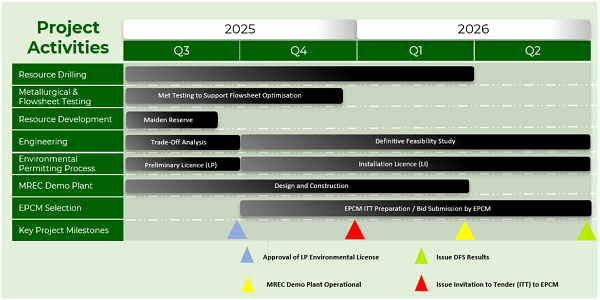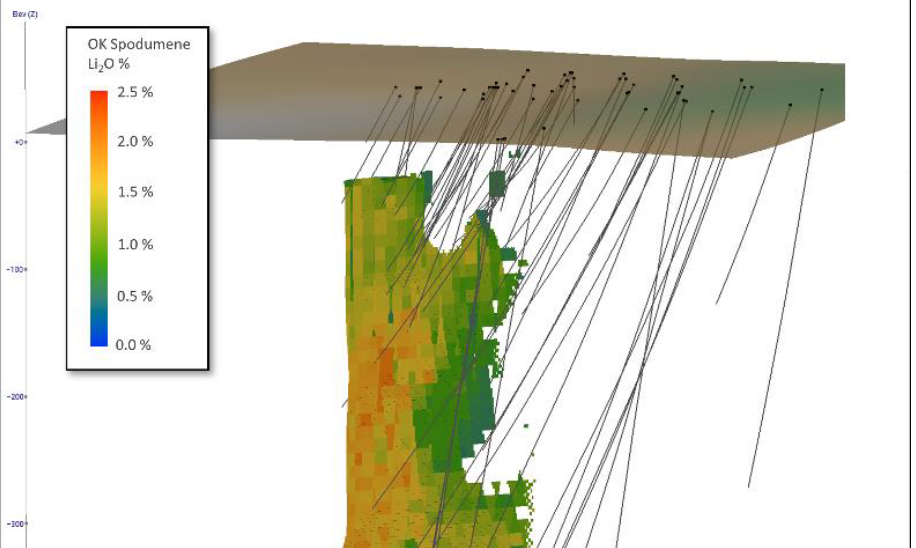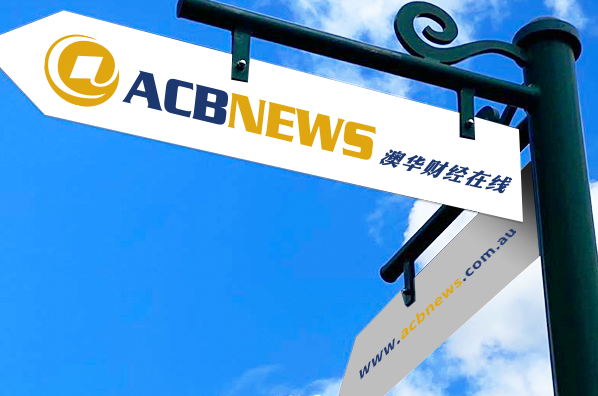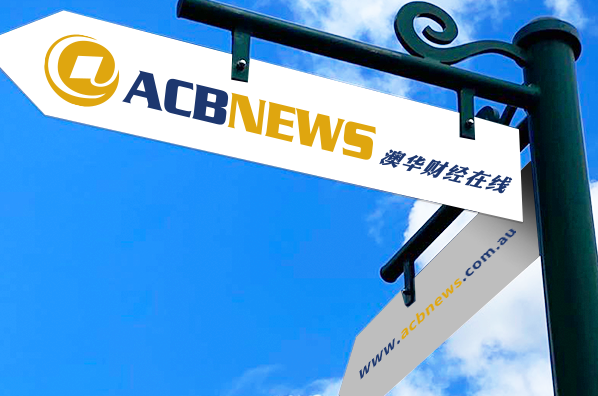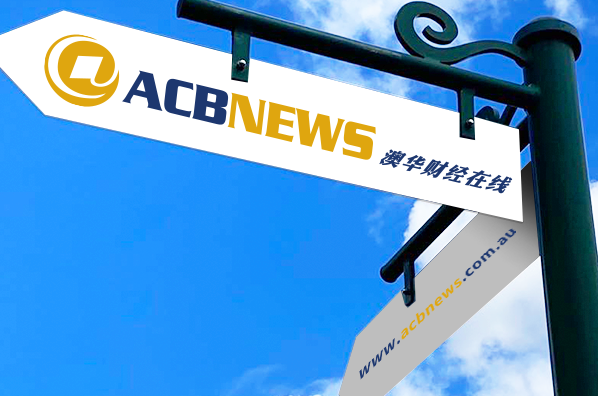█ By ACB News / David Niu | 9 June 2025

( Image: ACB News)
Following a volatile correction earlier this year, US equities have staged a strong comeback since mid-April. The Dow, Nasdaq, and S&P 500 all posted impressive gains in May—among the best monthly performances in years.
Despite this strength, investors remain cautious. The Dow Jones Industrial Average has yet to break past its previous high, and macro risks—ranging from stagflation concerns to tariff impacts—continue to weigh on sentiment.
Last week’s phone call between Chinese President Xi Jinping and US President Donald Trump provided a boost to markets, with the Dow surging past its March peak. However, whether this signals the start of a new bull phase remains to be seen.

Tiger Trade App
After a volatile decline in February, US equities began rebounding from mid-April, with all three major indices recording one of the strongest May performances in recent decades. However, despite the recovery, investor sentiment remains cautious, and US indices have yet to break new highs like Germany’s DAX.
Technically, the Dow Jones Industrial Average (DJIA) could test the 45,000 level in the coming weeks if momentum holds. But confirmation of a new bullish cycle still requires more decisive signals.
Last Friday, US markets surged after news of a phone call between the Chinese and US presidents, with the DJIA touching 42,924 intraday—a new high in the current rebound and a break above the March mid-point peak.
This marks a continuation of the upward trend that started in mid-April, with all three major indices showing upward momentum. Yet compared to Germany’s stock market, which continues to post record highs, Wall Street’s rebound remains cautious and lacks breakout strength.
Behind this "cautious rebound" lies a complex mix of macro uncertainties—ranging from inflation and interest rates to geopolitics and tariff concerns. As ACB News noted in its recent coverage, global equities in May did not experience the typical “Sell in May and go away” pattern, possibly due to the sharp correction seen in late March and early April.
Our earlier reports, such as “Black Monday Hits Global Equities” and “Stay Long-Term Committed: Market Correction Opens New Window for China Assets,” reflected that the March-April downturn was likely a pricing-in of risks.
On 3 March, with the Dow closing at 43,840, ACB News published a technical analysis suggesting a potential 4th-wave correction if the index had already peaked at 45,073 without reaching its measured 47,000 target. Given the previous 2nd-wave correction of roughly 8,000 points, a retracement to the 120-week MA (~37,000) was technically plausible.
Indeed, by 7 April, the DJIA had dipped to 36,611.78—a drawdown of over 8,400 points—technically satisfying the requirements of a medium-term correction. Since mid-April, US markets have rebounded steadily.
May delivered strong gains: the Dow added 3.94%, while the Nasdaq and S&P 500 surged 9.56% and 6.15%, respectively.
However, despite the rebound, the indices have not broken past their prior highs. Technically, the market remains in a consolidation phase, with no definitive signal of a new upward cycle.
On the fundamentals side, several key developments demand attention. In mid-May, Moody’s downgraded the US government’s credit rating from AAA to AA1. Surprisingly, markets continued rising. JPMorgan Chase CEO Jamie Dimon warned at the bank’s annual Investor Day that markets might be “too complacent.”
He pointed to ballooning fiscal deficits, potential stagflation risks, and underappreciated tariff impacts. He also noted that earnings expectations may face downward revisions over the next six months.
On the geopolitical front, positive momentum came from renewed China-US engagement. On 5 June, Chinese President Xi Jinping and US President Donald Trump held a 90-minute call agreeing to implement the Geneva consensus and push for a new round of trade talks.
Global media responded positively. US markets rallied on Friday, with the DJIA’s intraday peak of 42,924 breaking above its mid-March high.
Meanwhile, US IPOs continue to attract significant capital. CoreWeave surged over 200%, eToro gained ~30% on debut, and Circle—despite raising pricing guidance—still jumped 168% on Day 1, peaking up 300%.
In the AI sector, NVIDIA’s strong earnings further boosted investor sentiment.
Looking ahead, if current momentum holds, the DJIA may test the 45,000 mark, and possibly challenge the January high. Whether US markets can match Germany’s breakout to new records before the end of H1 2025 remains to be seen.
Key Market Watchpoints:
- Fed’s June policy statement and forward rate guidance;
- Revisions to corporate earnings forecasts;
- Progress in China-US trade negotiations;
- USD Index and US Treasury yield movements.
Australia Market Brief:
In Australia, the ASX200 rose 0.96% last week, closing at 8,515.70—just 50 points shy of its February all-time high.
Despite a pullback in the final two sessions, the overall trend remains upward. If global risk appetite stays constructive, the ASX may soon retest record levels. Select sectors and stocks—especially those with low-volume pullbacks after strong prior rallies—deserve attention, particularly where fundamentals and volume trends align.
Disclaimer:
This article is for informational purposes only and does not constitute financial advice or a recommendation to buy or sell any securities. Readers should conduct their own research or consult a professional advisor before making investment decisions.


